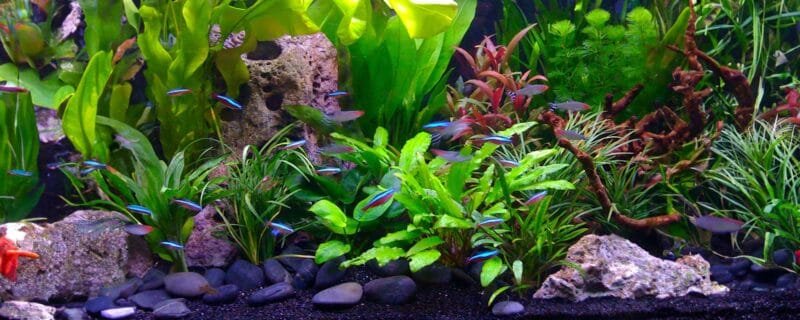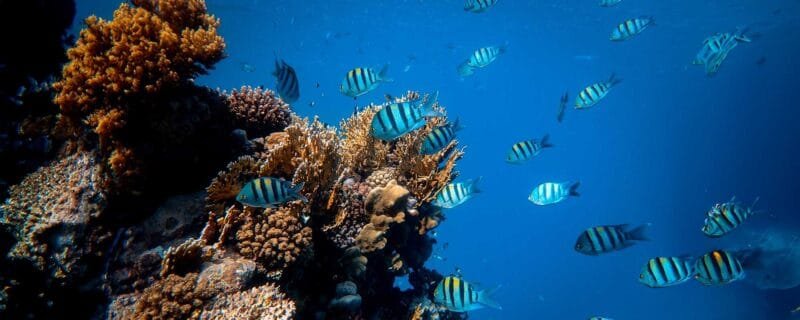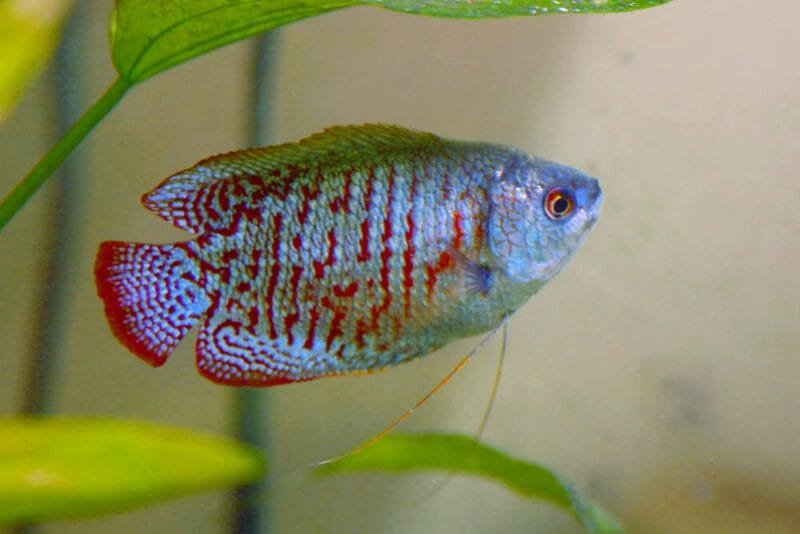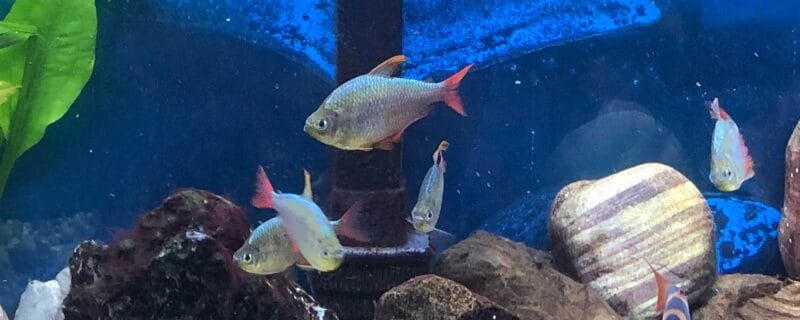Navigating the Aquarium Maze: Choosing the Perfect Size
Introduction
Choosing the right aquarium size might seem like a simple decision, but it’s actually a big deal in the world of fishkeeping. Don’t worry if you’re feeling a bit lost; we’ve all been there. In this blog post, we’re going to unravel the mysteries of selecting the ideal aquarium size, explain why it’s crucial, and explore the equipment you’ll need to kickstart your underwater adventure. Buckle up, and let’s dive in!
Why Does Aquarium Size Matter?
First things first, you might be wondering why the size of your aquarium is such a big deal. Well, the size of your tank affects almost everything in the world of fishkeeping. It determines the types and number of fish you can keep, the stability of your ecosystem, and how much maintenance you’ll need to do. Essentially, the size of your tank sets the stage for your aquatic world.
Factors to Consider When Choosing an Aquarium Size
- Available Space: This one’s a no-brainer. Measure the space where you plan to put your aquarium. You don’t want to end up with a tank that doesn’t fit.
- Budget: Bigger tanks generally come with bigger price tags. Make sure to choose a size that fits your budget for both the tank and the necessary equipment.
- Experience Level: If you’re new to fishkeeping, starting with a smaller tank is usually a safer bet. Smaller tanks are more forgiving for beginners and require less maintenance.
- Type of Fish: Think about the fish you want to keep. Some fish need more swimming space, so you’ll need a larger tank to accommodate them.
Essential Equipment for Your Aquarium
Alright, now that you have an idea of the factors to consider, let’s talk gear. Here’s a list of the basic equipment you’ll need to set up your aquarium:
- Tank: Of course, you need the tank itself. Common sizes for beginners are 10, 20, and 30 gallons, but there are smaller and larger options depending on your needs and space.
- Filter: A good filtration system keeps your water clean. Choose one suitable for the size of your tank.
- Heater: If you’re keeping tropical fish, you’ll need a heater to maintain the right water temperature.
- Lighting: The right lighting depends on whether you want a freshwater or saltwater tank and whether you plan to grow live plants or not.
- Substrate: Select a substrate for the bottom of your tank. Gravel, sand, or specialized substrates are common choices.
- Decorations: Add some decorations, like rocks, driftwood, or plastic plants, to create a visually appealing underwater world.
- Water Conditioner: You’ll need a water conditioner to treat tap water and make it safe for your fish.
Choosing Your Aquarium Size: Examples
- 10-Gallon Tank: Great for beginners or if you have limited space. You can keep small community fish or a few colorful bettas.
- 20-Gallon Tank: Provides more room for a variety of fish, including some larger community species.
- 55-Gallon Tank: A step up, allowing you to keep a diverse range of fish and possibly start experimenting with live plants.
Conclusion
In conclusion, choosing the right aquarium size is the first big step in your fishkeeping journey. It affects everything from the fish you can keep to your maintenance efforts. By considering factors like space, budget, and the type of fish you want, you can make an informed decision. Start with a size that suits your needs and experience level, and you’ll be well on your way to creating a captivating underwater world. Happy fishkeeping!







